The black screen with cursor issue occurs when the Explorer.exe does not load at the startup. Although the issue can resolve quickly, it may not fix if the Exlorer.exe entry is removed from the shell in the registry editor.
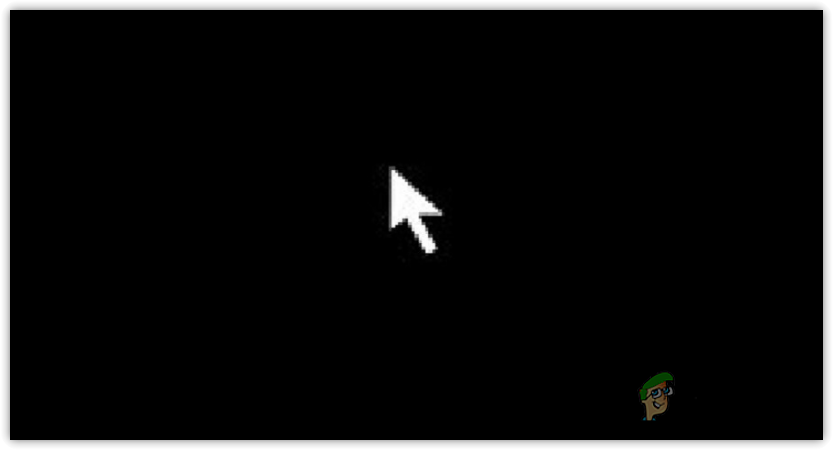
Corrupted graphics drivers and system files are some of the main contributors that cause this issue. However, there are numerous ways to troubleshoot Black Screen with Cursor without making major changes to the system. Below we have outlined some of the main reasons that can be included as culprits.
-
- Corrupted Graphics Driver- This type of issue usually occurs when there are corrupted files in the device drivers. Therefore, you may need to reinstall the drivers to fix this issue.
- Corrupted System Files- System files are crucial for the operating systems, and they also can get corrupted easily, which can crash Windows. If that’s the case, you must repair the system files by executing some commands to fix this issue.
- Outdated Bios- As it turns out, outdated bios can be one of the main reasons as it plays a significant role in connecting the hardware to the computer. For that reason, check for available updates from the manufacturer’s website.
- Conflict Of Services– According to the affected users, the problem can be caused by a conflict of services. To fix this, you need to end task the problematic service or perform a clean boat.
- Corrupt Windows Update- Sometimes, the Windows update gets corrupt, and you may encounter a black screen with a cursor. Therefore, uninstall a recent Windows update or restore Windows to a previous state.
1. Basic Fixes
Some technical issues can cause the problem. According to affected users, if you use a dual monitor screen, pressing Win + P and then pressing the arrow down key four times in a row to select the second screen fixes the issue. Although you can also choose 1st option, which is the PC Only screen, it may not resolve the issue. However, if you disconnect the 2nd monitor, then restart the computer may aid in fixing the black screen with the cursor. Additionally, you can check cables and ensure they are properly connected to the computer as it can also cause the issue.
2. Restart Exlorer.exe
Another solution that helps to fix this issue is to restart Explorer.exe, a process that takes responsibility for starting the apps, taskbar, Start Menu, desktop, and more. In simple words, it renders most of the User Interface (UI). Therefore, restarting the Explorer.exe will fix this issue if it is not indicating to the corrupted Windows or drivers.
There are two ways to restart explorer.exe. If any of these does not fix this issue, you need to boot your Windows in Safe Mode for some basic troubleshooting operations. Below are the steps:-
- Press Ctrl + Shift + Esc at the same time to launch Task Manager
- Under process, find and right-click Windows Explorer then select Restart
- In case of Windows Explorer is not showing, click on File from the top then click Run New Task
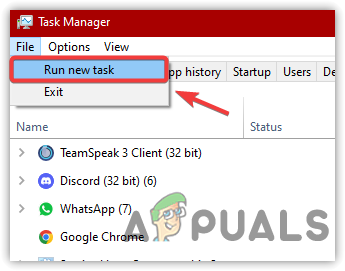
Running a New Task - Type Explorer.exe and click OK
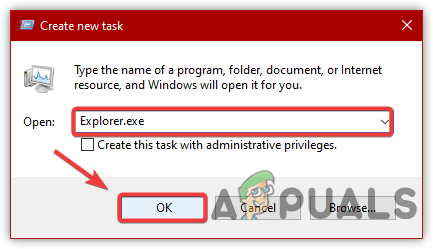
Restarting Windows Explorer
3. Restart the Graphics Driver
The easy and quick fix for the black screen with cursor issue is to restart the graphics driver. For that, you have to press Win + Ctrl + Shift + B at the same time to restart your graphics driver.
4. Access Registry Editor
A trojan program is a program designed to take complete control of your computer by removing the entry of Explorer.exe from the shell in the registry editor. Therefore, you need to access the registry editor to ensure the Value data of the shell is Exploer.exe. If it’s changed, then remove and enter Explorer.exe. Below are the steps:-
- Open Task Manager. For that. Press Ctrl + Shift + Esc at the same time
- For File, click Run New Task and type regedit
- Tick Create This Task With Administrator Privileges
- Then press Enter to launch Registry Editor
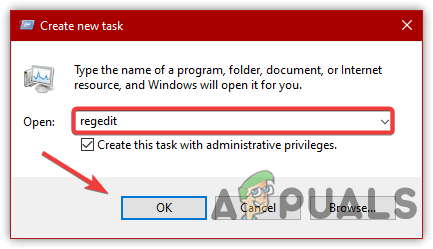
Accessing Registry Editor - Now navigate to the following path
Computer\HKEY_LOCAL_MACHINE\SOFTWARE\Microsoft\Windows NT\CurrentVersion\Winlogon

Navigating to the Shell from Registry Editor - On the right pane, click on Shell and check its value data. If it’s not explorer.exe then change it to the explorer.exe
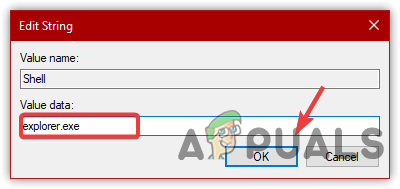
Change Entry to Explorer.exe - Once done, click OK and restart
5. Disable App Readiness Service
App Readiness is a default service that makes Windows apps ready when users sign in to the PC. However, as it turns out, disabling the App Readiness fixes the slow boot and other problems, including Black Screen With Cursor. Follow the steps to disable App Readiness Service:-
- Press Ctrl + Alt + Delete to select Task Manager from the listed options
- Once the task manager is opened, click on File > Run New Task

Click to Run a New Task - Type services.msc and hit Enter
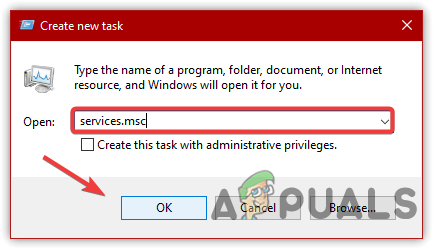
Launching Services Window - Locate and right-click on App Readiness then click Properties
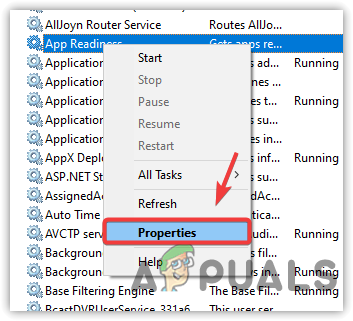
Click to Navigate into Properties - Change the Startup type to Disabled
- Click Apply then click OK for the changes to take effect
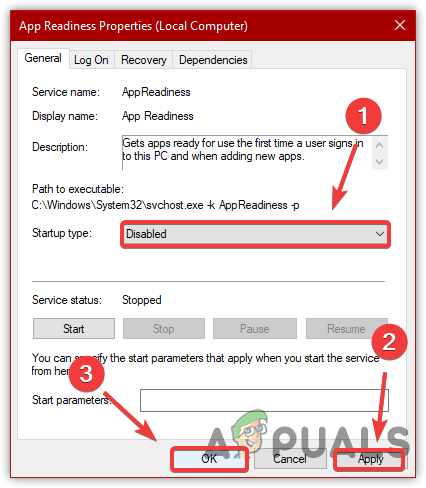
Restarting Windows Service - Restart your computer and see if the issue is fixed.
6. Restore Registry Files
The black screen with a cursor can be caused by corrupted registry files. If the registry files are corrupted, you will encounter issues such as this and like BSOD errors. Restoring the registry files can potentially fix the BSOD error and according to several affected users, this method can either apply on a black screen with a cursor issue. Below are the steps to restore default registry files:-
- Switch off your computer and restart it three times to trigger the automatic repair
- To restart, wait for the Windows logo screen to come up then hold the power button for 8 seconds to turn off
- After restarting the 4th time, you will be navigated to the automatic repair screen
- Click Advanced Options and navigate to Advanced Options > Troubleshoot > Advanced Options > Command Prompt
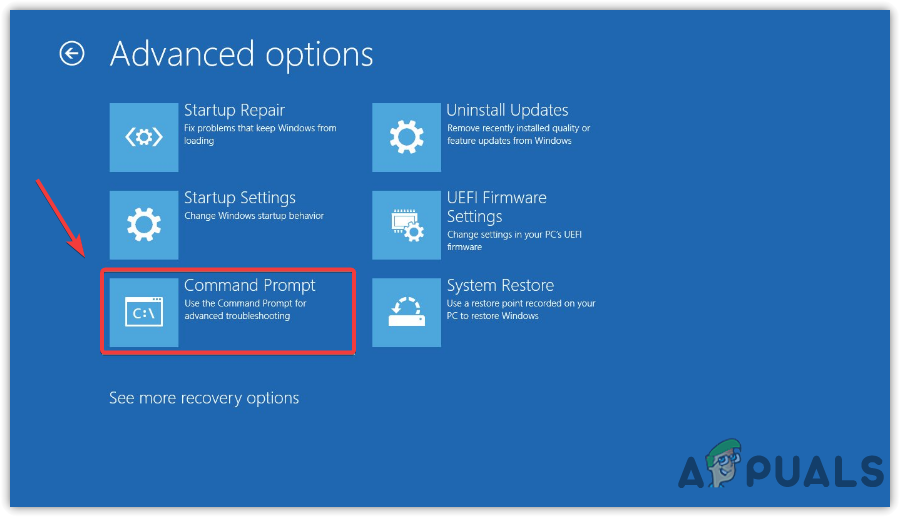
Launching Command Prompt From Advanced Options - Once you launch the terminal, type C: and hit enter
- Note: If you have installed your Windows to the other driver replace C with the disk letter
- Type dir and hit enter
- Then type the following commands and hit enter to start the process
xcopy c:\windows\system32\config\regback c:\windows\system32\config
- Once done, type exit and press enter
- Restart your computer and see if it fixes the black screen with a cursor.
7. Perform a Clean Boot
A conflict of third-party services can cause a black screen with a cursor. It is an issue that occurs at any time, and as a result, you may encounter many problems such as this one. Performing a clean boot disables all unnecessary services and third-party programs that load at the startup. It enables Windows with a minimum of drivers and services. Thus, performing a clean boot may fix this issue.
- To perform a clean boot, open Task Manager by pressing Ctrl + Shift + Esc
- Click File from the top then select Run New Task

Run a New Task - Type MSConfig and click OK
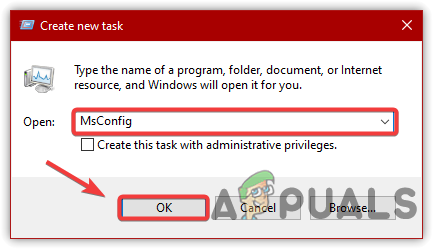
Open System Configuration - A short Windows will appear, click Selective Startup and go to the Services tab
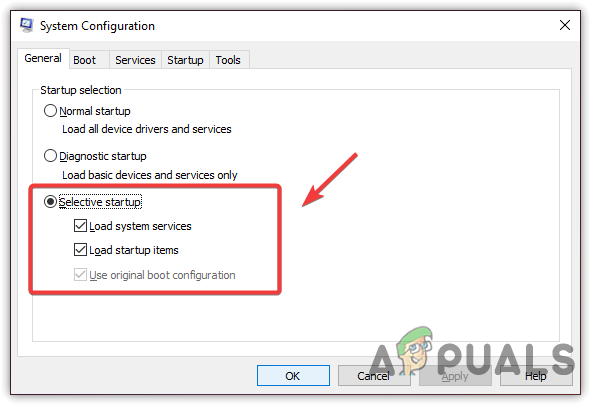
Click to Choose Selective Startup - Tick the option Hide All Microsoft Service then click Disable All
- Click Apply then click OK and restart your computer to see if the issue persists.
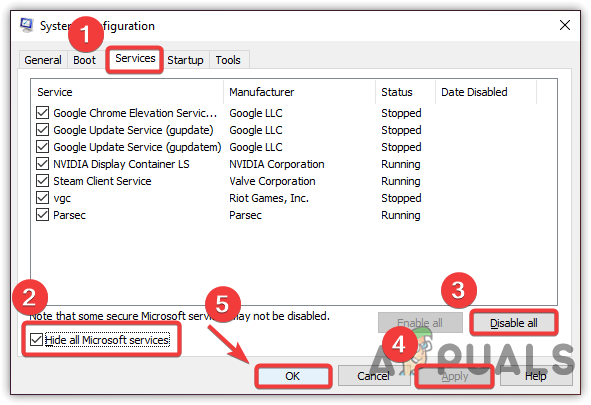
Executing a Clean Boot Process
8. Run DISM and SFC Commands
If the issue is still there, try repairing Windows images by running DISM and SFC commands. These are the commands used to restore corrupted files such as DLL and system files. If you are able to open Task Manager, then run these commands in the terminal by following the below instructions.
- To run repair commands, open Task Manager by pressing the Ctrl + Shift + Esc
- Click File > Run New Task

Click File to Run a New Task - Type cmd and check the option Create This Task With Administrator Privileges
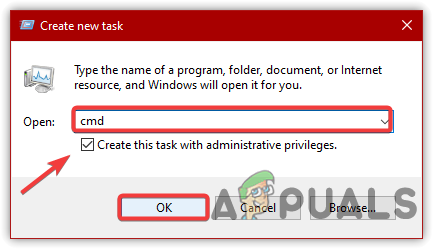
Launch CMD Through Run Program - A terminal will open, copy and paste the following command in the terminal and wait for the process to finish
DISM /Online /Cleanup-Image /RestoreHealth sfc /scannow
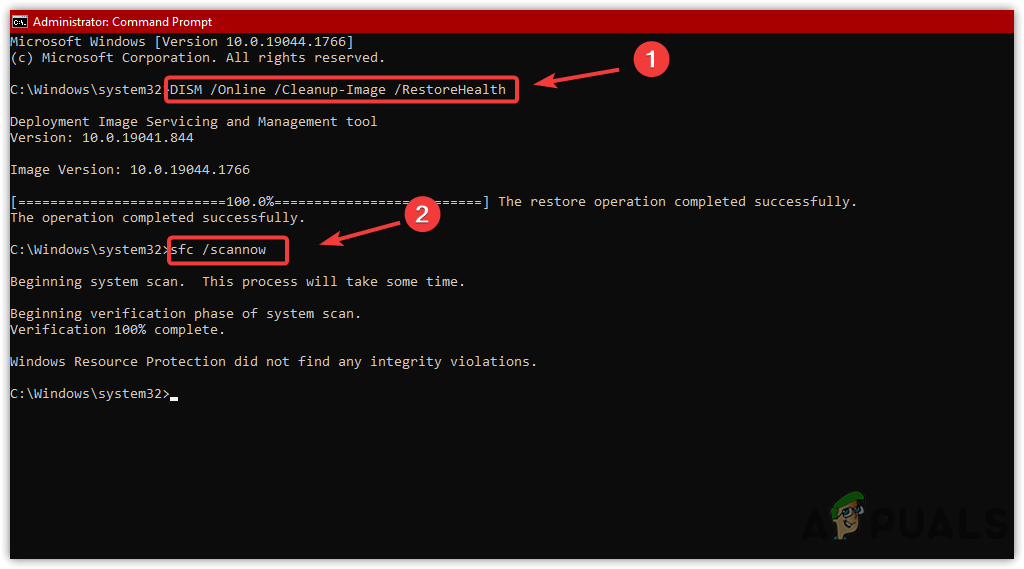
Executing Repair Commands - Once done, restart your computer and see if it fixes the issue.
9. Add a new user account
Another solution that can fix this issue is to add a new user account. After adding a new user account, you will have to update all your drivers and also transfer your data to the new user account.
- To add a new user account, press the Ctrl + Shift + Enter or Ctrl + Alt + Delete to open Task Manager
- From the File menu select Run New Task
- Type netplwiz and press Enter
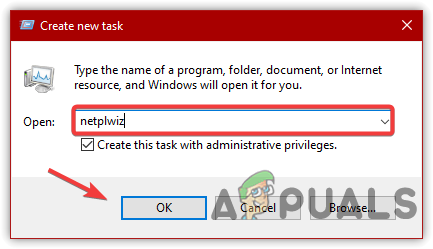
Type Command To Add New User - Click Add to create a new user account
- Click Sign in Without a Microsoft Account
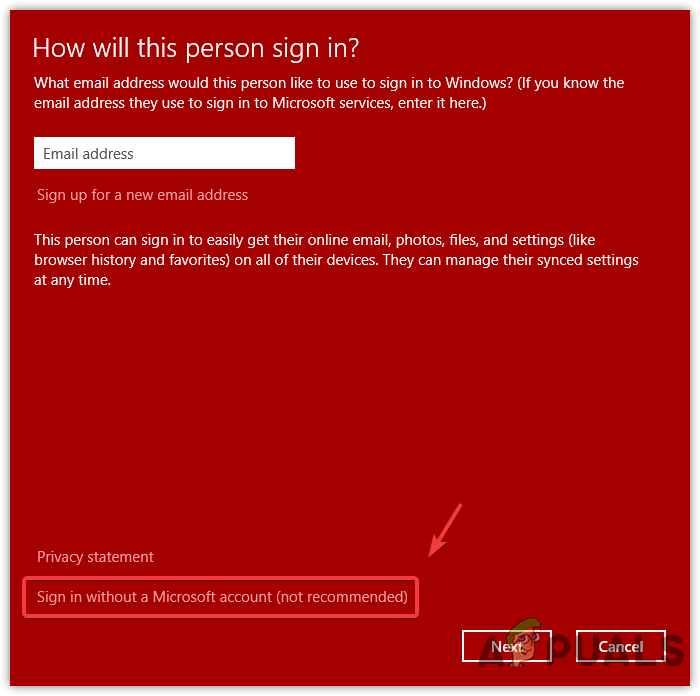
Click To Continue - Click Local Account and fill out the details then click Next and click Finish
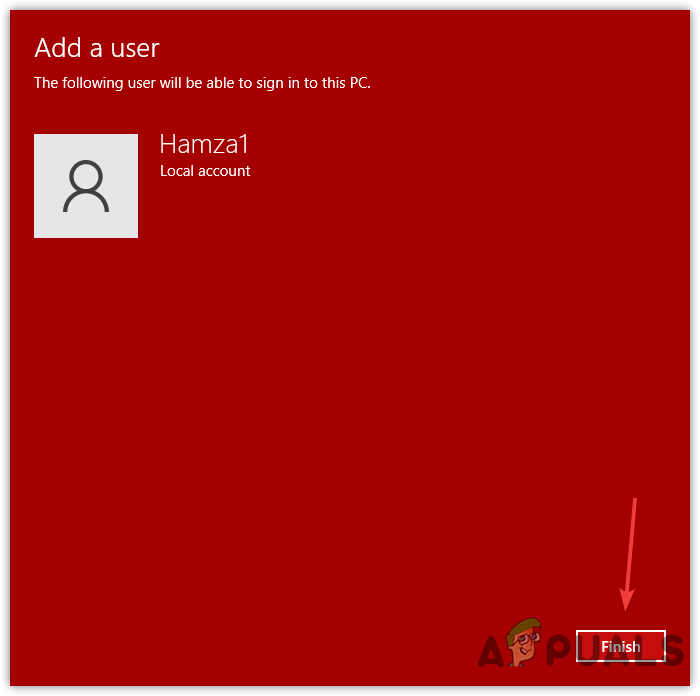
Click To Finish - Once you created a new local account, on the user account page, select the create a local account then click Properties
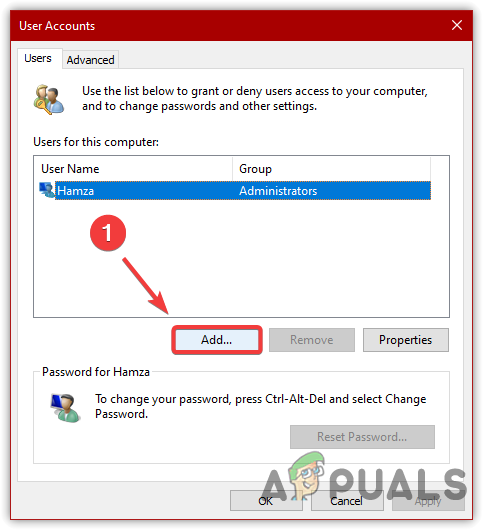
Click Add to Create User Account - Go to Group Membership and select Administrator
- Once done, click Apply then click OK
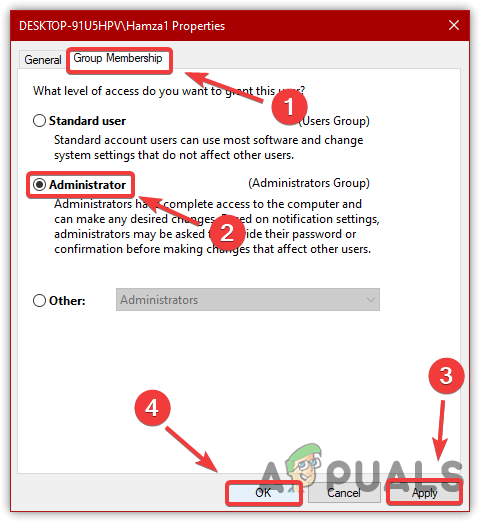 Add Administrator Permissions to the Account
Add Administrator Permissions to the Account - Now press Ctrl + Alt + Delete and choose Sign Out
- Once you signed out, now select a different account to sign in again and see if it fixes the issue.
10. Use System Restore
If you have created a restore point before you encounter this issue, we are expecting that you are familiar with the system restore. If you don’t know about System Restore, you can proceed to the other steps but we recommend visiting this article so that you will be ready for the next situation by creating a restore point.
- To use a restore point, open Task Manager. For that, press Ctrl + Shift + Esc
- Click File then select Run New Task
- Type rstrui and click OK
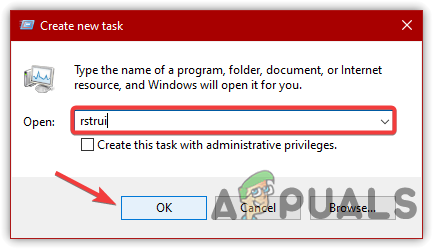
Open System Restore Settings - Click Next to select a restore point
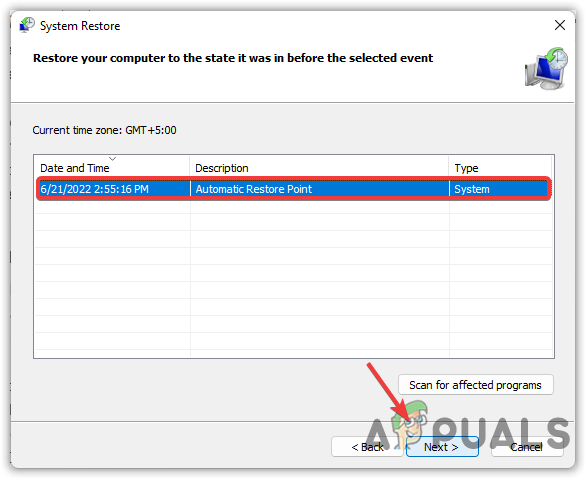
Select Restore Point - Once you selected a restore point, click Next then click Finish
- Once done, check if the issue is resolved.
11. Uninstall the Recent update
A corrupt Windows update is also included in causing a black screen with a cursor issue. However, there are fewer chances of a corrupt Windows update but it is good to give it a try as sometimes users install a corrupt Windows update due to lack of internet speed or for some other reasons.
- To uninstall a recent Windows update, open Task Manager by pressing Ctrl + Alt + Esc simultaneously
- Click File > Run New Task
- Type Appwiz.CPL and hit Enter
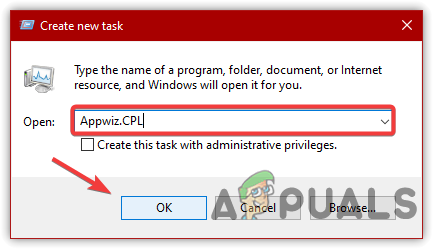
Navigating to Uninstall Program & Features - Click View Installed Updates from the left pane
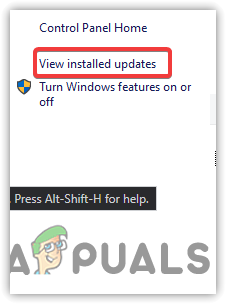
Click to View Installed Updates - Select the recent Windows update and click Uninstall from the top

Uninstalling Windows Update - Once done, restart your computer and see if it fixes the issue.
12. Run Startup Repair
Startup Repair is a Windows inbuilt feature that fixes the issues with the files that are required to boot Windows as normal. It repairs the problems that prevent Windows from loading. Follow the steps to run Startup Repair:-
- First, turn off your computer and turn it on again
- Once you saw the Windows logo, press the power button to switch off the computer
- Repeat this process two more times to trigger Advanced Startup options
- Navigate to Troubleshoot > Advanced options
- Click Startup Repair to start the repair process
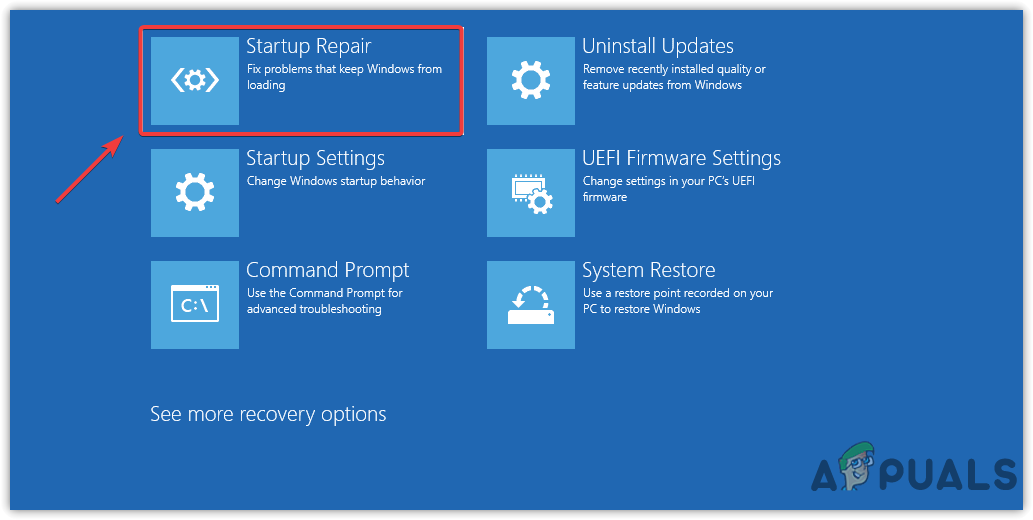
Run Startup Repair - Once done, check if the issue is fixed.
13. Disable the Fast Startup option
Fast Startup is a utility that was added to Windows from Microsoft. It reduces the time Windows takes to boot up from a sleep mode or shutdown. However, according to several users, it creates compatibility issues while booting up Windows. For that reason. We advise you to disable the Fast Startup option.
- To disable the Fast Startup, open the Task Manager by pressing Ctrl + Alt +Esc at the same time
- Click File from the top then click Run New Task to open Run Program
- Type powercfg.cpl and press Enter
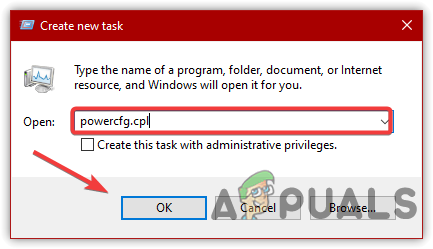
Launching Fast Startup Settings - Click Choose What the Power Button Does
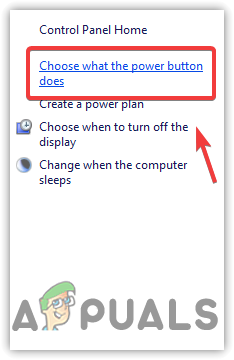
Navigating to the Power Settings - Click on Change Settings That Are Currently Unavailable
- Untick Turn On Fast Startup then click Save Changes
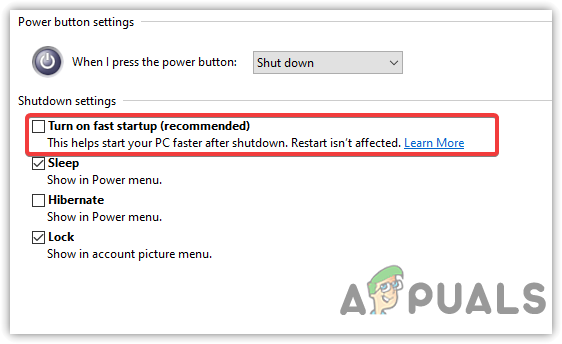
Untick Turn Of Fast Startup - Once done, restart your computer.
14. Boot Windows in Safe Mode
If the above method fails to fix this issue. Neither your Windows is not displaying Task manager nor Run program, then it is most probably due to the corrupted driver, system files, conflict of services and corrupt Windows updates. These are some of the factors that we need to troubleshoot in Safe Mode in order to use Windows. Below are the steps:-
- Press Ctrl + Shift + Esc and click the Power button from the bottom right
- Hold the Shift key and click Restart
- Once you saw advanced startup options
- Navigate to the Troubleshoot > Advanced options > Startup Settings and Restart
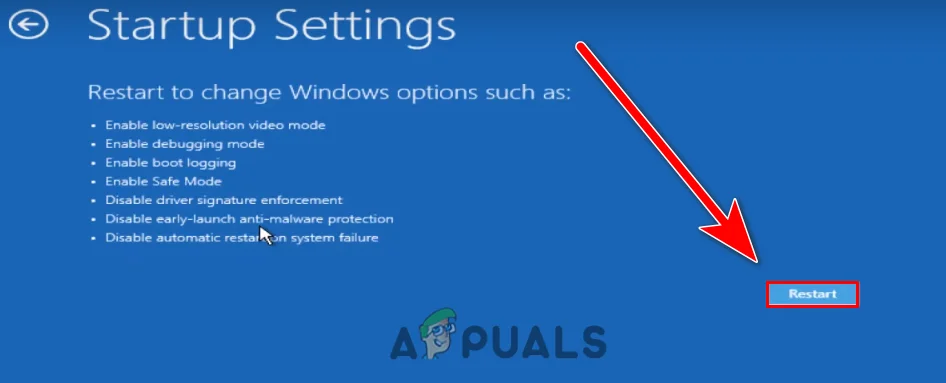
Restart to select in Safe Mode - After rebooting, you will see numerous startup options, press F5 to access Safe Mode with networking
Note: In case, you are unable to access safe mode, turn off your computer three times in a row by pressing the power button. Make sure to wait for a Windows logo screen when turning it off. - Once you access the safe mode, follow the below methods.
14.1 Reinstall Graphics Driver
Corrupted Graphics Driver can be the sole reason for this issue as it can prevent the Windows from loading. If your graphics driver is corrupted, either disable or reinstall the graphics driver.
14.2 Uninstall Graphics Driver
There is an application called Display Driver Uninstaller, used to uninstall drivers entirely from the computer. Sometimes, the device manager does not remove the drivers entirely from the computer. Thus, some files leftover behind, which can cause serious problems like conflicts of a driver and BSOD errors.
- To uninstall the driver, download Display Driver Uninstaller
- Once you downloaded it, right-click on it and select Extract to DDU
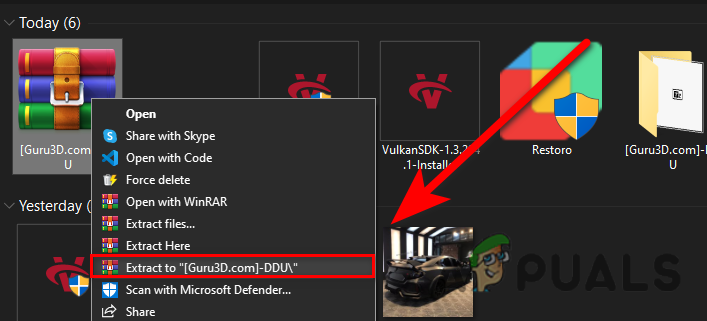
Extract to DDU Folder - Once it’s done, navigate to the folder and open Display Driver Uninstaller
- A shot Window will appear, click Extract
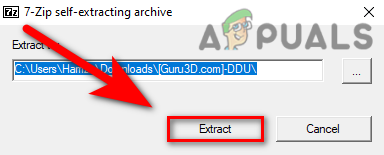
Extracting DDU Application - Go to the extracted folder and finally launch Display Driver Uninstaller
- Select your GPU vendor and device type from the top
- Then, click Clean And Restart
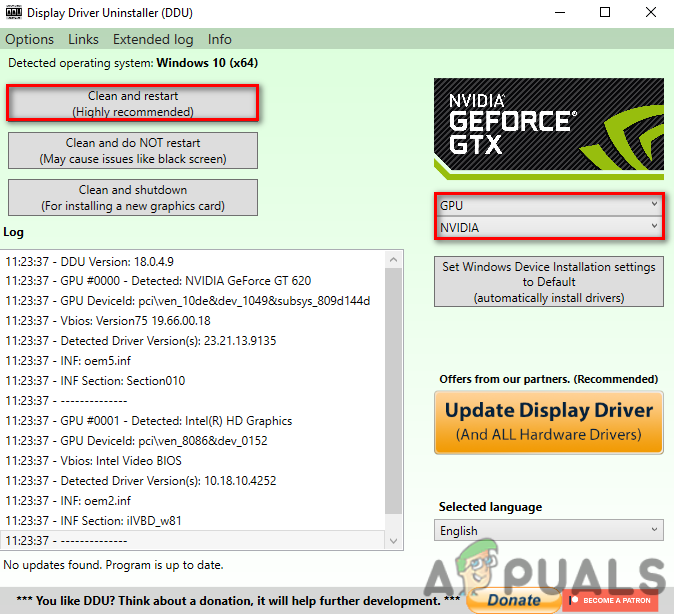
Choosing Graphics Card Vendor
15.3 Install Graphics Driver
- To install the latest driver, go to your graphics card’s manufacturer’s website
- Navigate to the Drivers & Support section
- Choose your Graphics card and click on Search
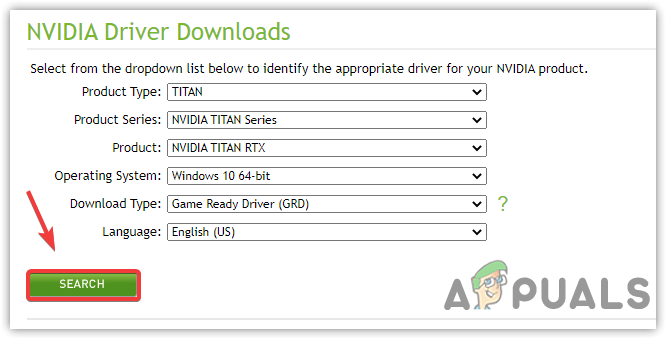
Search For Driver - If the website asks for the operating system, select your OS
- then, download the latest driver
- Once done, open the installer and follow the further instruction to install the driver
- After installing the driver, reboot your computer and see if the issue is fixed.
If neither of the solutions worked, then your Windows may be affected by malware or third-party programs. To fix this, either try repairing or reinstalling Windows with the help of a USB. Fortunately, we have both articles on repairing and reinstalling Windows. Thank you.
The post How to Fix Windows Black Screen with Cursor? appeared first on Appuals.com.

0 Commentaires